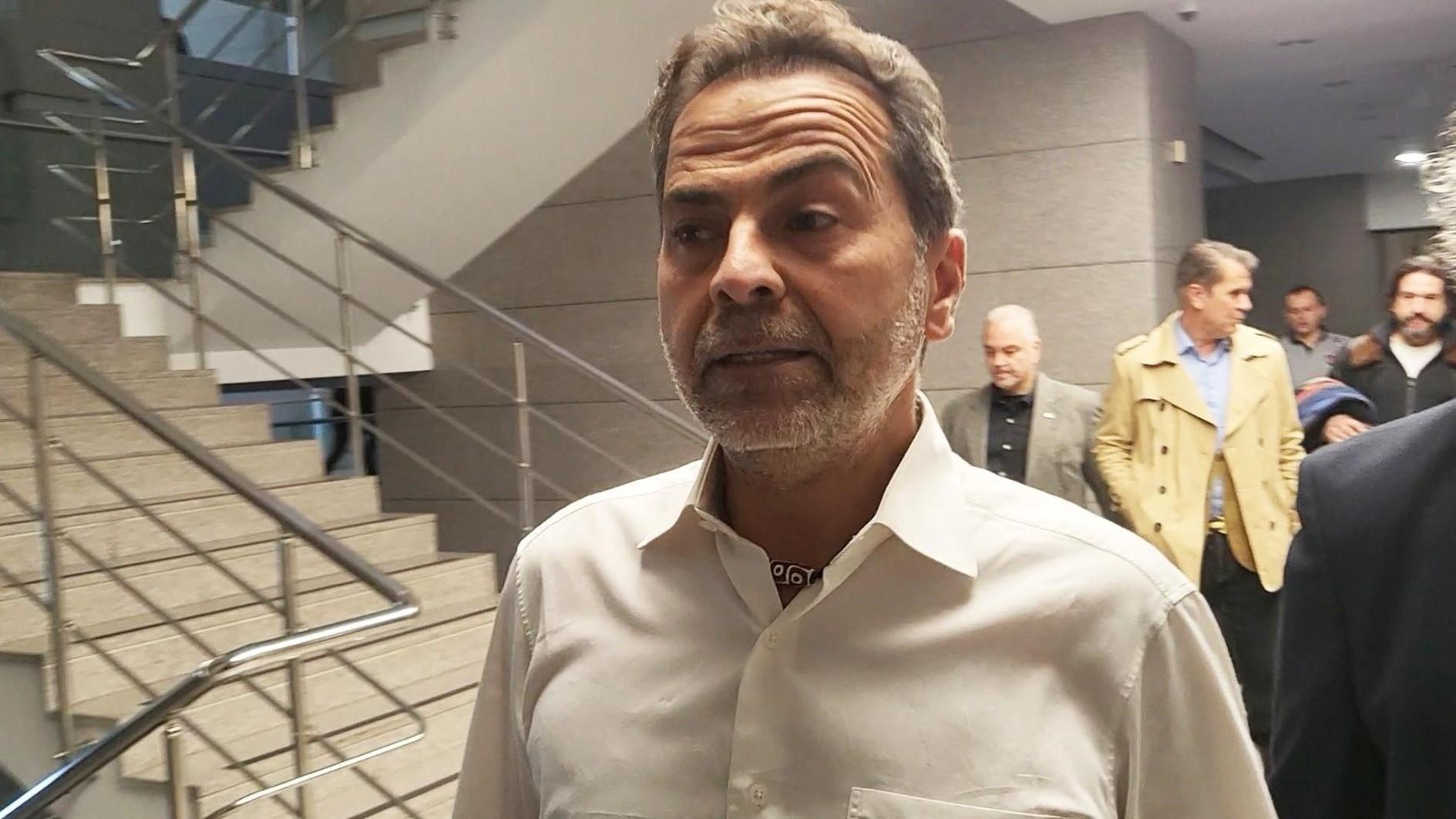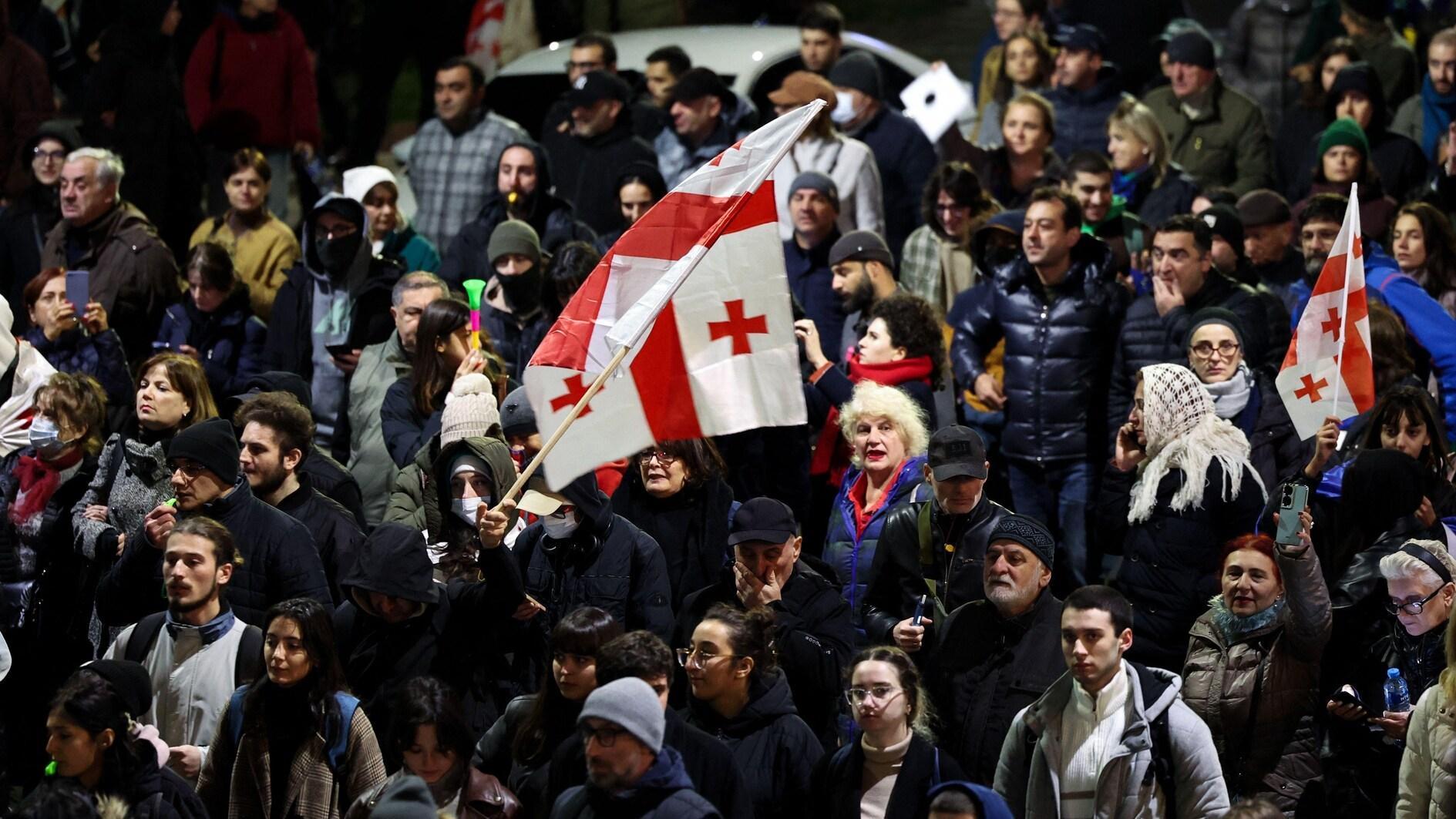The Ottoman love for cats large and small
Niki GAMM Hürriyet Daily News

Provincial governors sent to Istanbul Van cats and other kind that were not found in the capital.
When you mention cats in Middle Eastern history, one first thinks of the Egyptians and the regard in which they held cats, deifying and mummifying them. No other ancient civilization seems to have held the little domestic cat in such high regard but preferred instead their big cousins, the lion, leopard and cheetah, the latter being particularly suited to hunting. Recent research has shown that today’s domestic cat is more closely related to leopards than other type of cat, although there’s such a mixture of colors and markings you’d be hard to understand that any other way.Etymologically, the word “cat” may have come down to us from the Latin word “catta,” which has spread to almost all of Europe’s languages. Byzantine Greek had the word “katta” and possibly from there the Arabs took the word “qitt” meaning tomcat.
With the advent of Islam, the little domestic cat came into its own. One of the best known stories has the Prophet Muhammad cutting the sleeve of his garment off when he heard the call to pray rather than his disturbing his cat, Muezza, who had fallen asleep on it. The Prophet is said to have touched the head of another cat who saved him from a snake, which is how the cat came to have stripes on its head and how it acquired the ability to right itself when falling. One of the Prophet’s companions was named “Father of the Kitten” because of his love for a little cat he used to carry with him wherever he went.
Throughout the Middle East, cats were taken care of because their worth as hunters of mice and other vermin was particularly important. They were regarded as pure so they were welcome in people’s houses, even to the point of sharing food from the same dish as their owner and drinking from the same water. Sultan Baibars in 13th century Egypt set up a garden especially for cats, which was still extant in the 19th century, according to a British orientalist.
 Ottomans loved cats
Ottomans loved catsPerhaps in today’s Turkey one wouldn’t think that cats were particularly loved (except in Istanbul’s Cihangir district), but in earlier centuries the Ottomans loved cats as much as the Arabs and Egyptians did. But others set up cat hospitals – there was one in Üsküdar and a second one at Dolmabahçe for instance, and foundations were established to ensure that the small cats were fed and well-looked after. One has only to read the memoirs of Baron Wenceslas Wratislow, published in 1599, to understand how extraordinary the Turks’ love of cats was. This was quite different from the fear that Europeans had for the cat.
“In Constantinople, there are also large gardens, surrounded with walls, on which cats jump and assemble, waiting for certain people to come and give them alms. For it is customary for Turks to boil and bake paunches, lights, liver and pieces of meat, and carry them in wooden buckets up and down the city, crying out ‘Kedi et, kedi et’ i.e. ‘Cat’s meat!’… and it is an undoubted truth that it is on the walls of these gardens the cats breakfast in the morning and assemble for the second time at the hour of the evening meal, in large bodies out of the whole city, and stand on the lookout; and we went purposely to these walls and listened to their caterwauling, and watched how they ran out of the houses and assembled.” The Baron continued, noting that the Turkish matrons would provide chunks of meat, saying prayers at the same time.
The sultans, of course, had leopards and cheetahs that they used when hunting. While leopards and lions were native to Anatolia until they went extinct, the cheetah had to be imported from Persia. In a miniature that shows Khosrau going on a hunt, the artist has depicted him being accompanied by a lion, leopard and two cheetahs in addition to dogs and birds. The cheetahs are seated on the backs of horses.
The sultans seemed to have a love of the big cats and there seems scant evidence that there were any cats around Topkapı Palace, especially since we know that the palace was filled with birds.
However, after the imperial family moved up the Bosphorus, the sultans had some of their provincial governors send them Van cats and other types from Ankara that were not found in Istanbul. It’s not clear whether these were meant to be bred or were allowed to roam freely around the palace grounds. But it certainly made sense to downsize the cats just as the empire was being downsized.
















